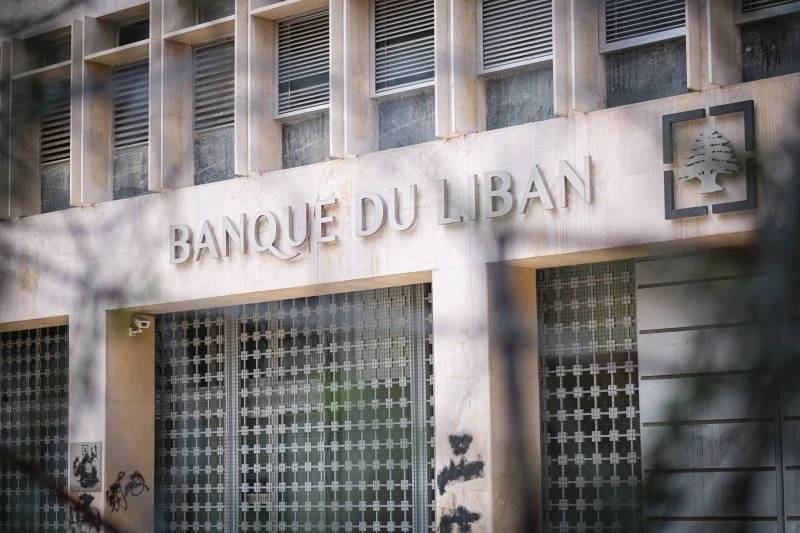
(Credit: João Sousa/L'Orient Today)
BEIRUT — The central bank extended Circular 161 until the end of May; however, the gap between the parallel market rate and the Sayrafa rate has edged back to above LL4,000 after it collapsed to less than LL500 in February.
Circular 161 was initially released on December 16 to deal with the lira’s rout, after it weakened to around LL28,000 to the US dollar on the parallel market.
The first version of the circular was limited in scope as the central bank maintained the monthly quotas previously extended to commercial banks. The currency market shrugged off the announcement and the lira resumed its slide, losing around 20 percent by mid-January. The central bank changed course and amended the circular to start selling unlimited amounts of US dollars in a bid to curb the lira’s sell off.
The strategy worked for the remainder of January and February, as the parallel market rate strengthened by around 65 percent from the low it reached in January. The spread with the Sayrafa rate collapsed to less than LL500. Inflation numbers released in February showed a slight drop of 3.13 percent, the first monthly retreat since October 2019.
While the stability in the currency market was a welcome development for businesses, the cost of maintaining the lira around the LL20,000 to the US dollar was piling up. The central bank was burning through $500 million to $600 million a month from depositors’ money. The strategy was seen by experts as another futile attempt by the central bank at pegging the currency.
In early March, some banks started reducing the amount of dollars clients could buy while others shut down access to the Sayrafa platform for several days. The banks told L’Orient Today that the central bank reintroduced the quotas, even if governor Riad Salameh officially reaffirmed the central bank’s commitment to the strategy.
Since these events, the gap between the parallel market rate and the Sayrafa rate started to widen, reaching around LL2,500 in March. The parallel rate dropped to around LL24,500 and the Sayrafa rate to LL22,150 to the US dollar.
Other local factors contributed as well to the recent weakness in the lira. Lebanon recently signed a long-awaited preliminary deal with the International Monetary Fund; however, the deal comes attached with several actions the country needs to implement to unlock part of the $3 billion, and so far, minimum or no progress have been achieved.
The capital control draft law remains stuck at the Parliamentary committees’ level, with strong pushback from the private sector and depositors’ unions.
Discussions around the 2022 budget are halfway through with the issue of the exchange rate delaying any further progress and finally the banking secrecy law that still requires several amendments to be accepted by the IMF.
However, the recent acceleration in the selloff in the lira came on the back of a leak of the government plan to write off $60 billion in deposits. The lira dropped from LL25,000 to the US dollar on April 19, the day the document was leaked, to LL27,500 today — a drop of 9 percent.
International factors played a role as well. The Russian invasion of Ukraine put pressure on international commodity prices, such as oil and wheat, thus requiring Lebanon to spend more from its hard currency reserves.
The central bank continued to delay paying for such imports forcing the government to dip into the Special Drawing Rights, from the pool of $1.135 billion the IMF allocated to Lebanon in September.
The central bank continues to limit the circulation of lira, putting draconian restrictions on lira withdrawals, forcing many businesses to stop or curtail the acceptance of card payments and transforming the economy into a cash economy.
Inflation numbers released last week showed that the consumer price index is at an all time high reading of 992.24, rising 6.1 percent from the previous month and 208.13 year-on-year.
The current lollar check rate has dropped to 13.5 percent — this means that $13,500 buys a check of $100,000 — and the lira discount rate increased to 38 percent, meaning 62 million in lira cash buys a check of LL100 million.